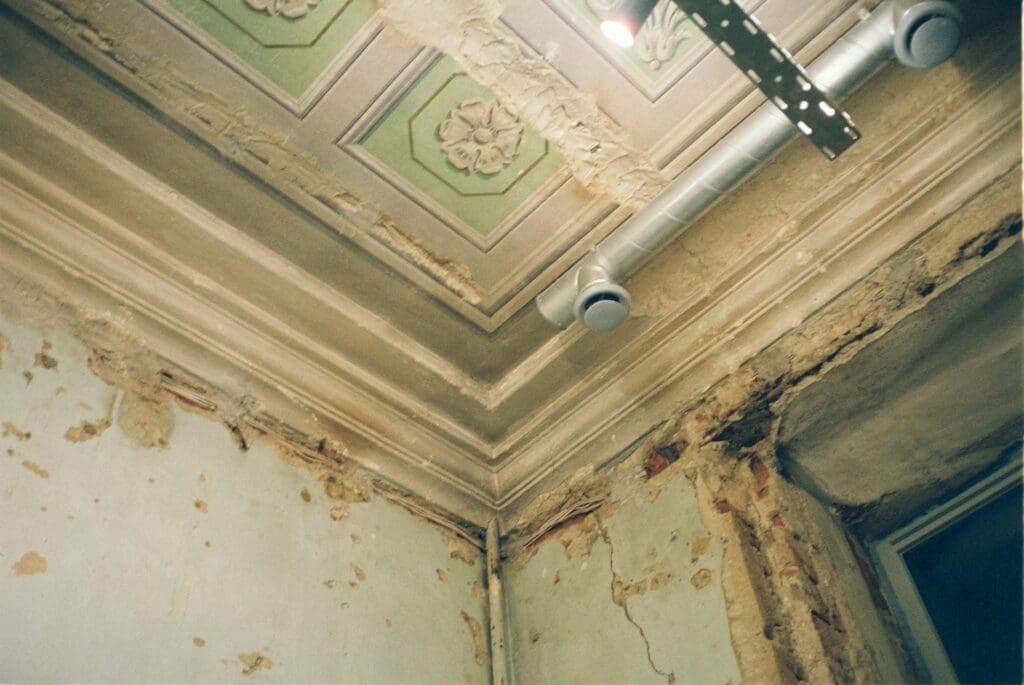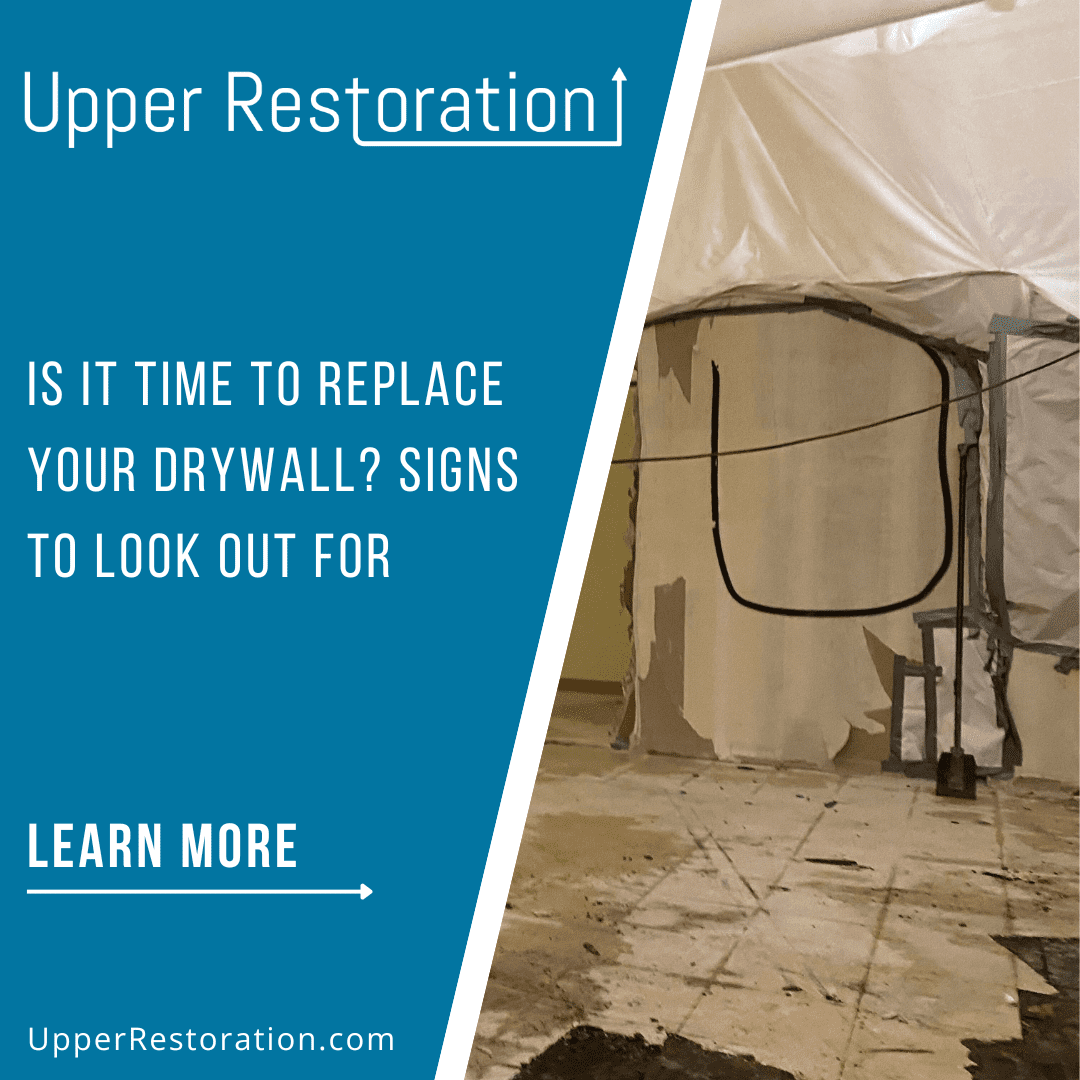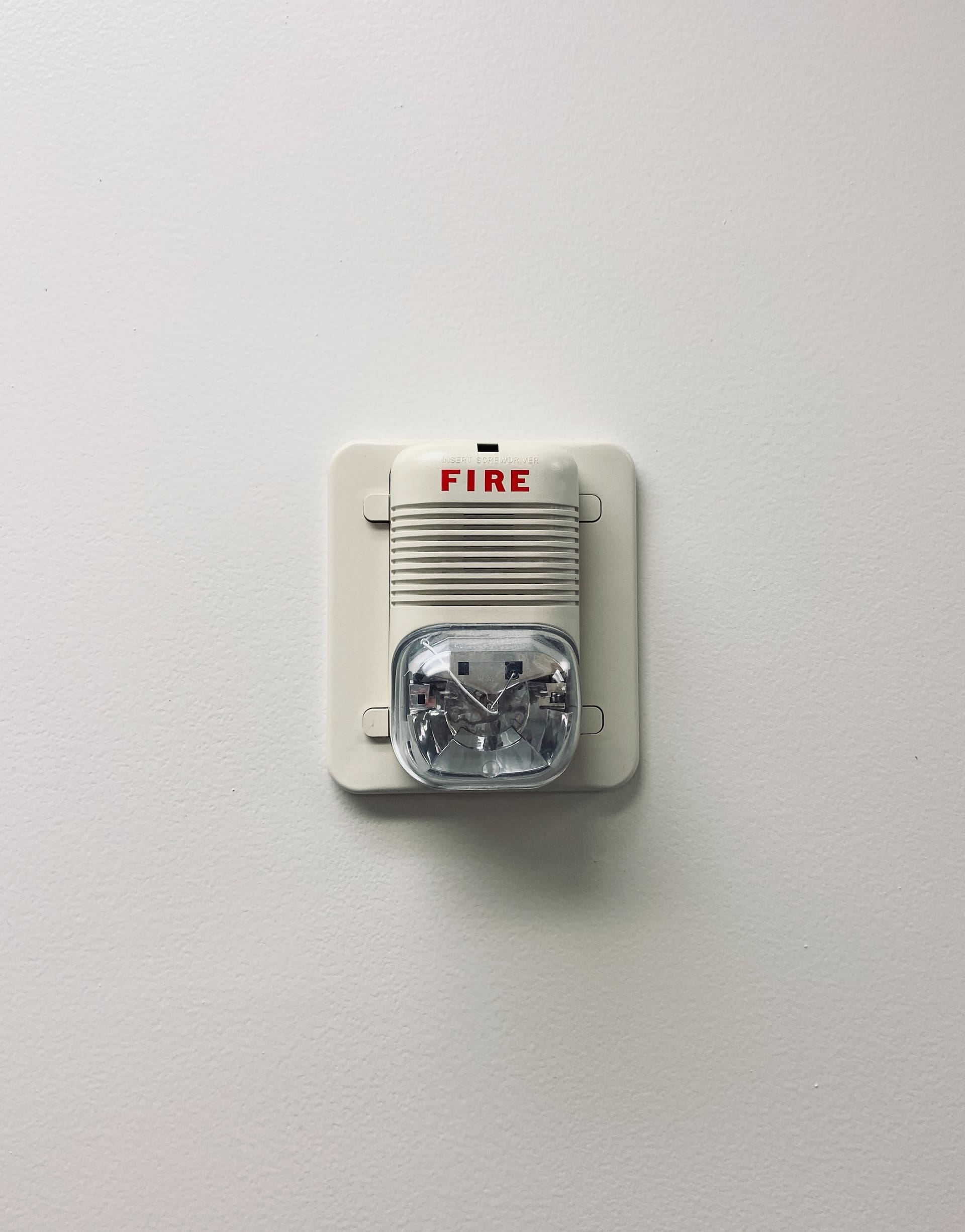Introduction
Mold is an unwelcome guest that can make its way into our homes, posing a threat not just to the integrity of our dwellings, but also to our health. While mold comes in various forms, some types are more commonly found in residential settings. This article will guide you through the five most prevalent types of mold you might encounter in your home – Cladosporium, Aspergillus, Penicillium, Stachybotrys, and Alternaria. Understanding their characteristics, potential health impacts, and suitable remediation methods is key to maintaining a healthy living environment.
1. Cladosporium
Cladosporium, a frequently encountered mold in residential settings, is identifiable by its black or green coloration. It thrives on a variety of surfaces, extending from carpets to fabrics, and even wood. While Cladosporium is not as hazardous as some other types of mold, it’s not completely harmless either. It has the potential to trigger allergic reactions in some individuals, leading to discomfort and health concerns.
2. Aspergillus
Another common household mold is Aspergillus. This type of mold, usually appearing in white or grey hues, can colonize numerous surfaces, from walls and ceilings to floors. Aspergillus, much like Cladosporium, can cause allergic reactions. It can also induce respiratory problems, particularly in individuals with compromised immune systems, making it a mold variety that requires careful attention.
3. Penicillium
Penicillium, a mold often spotted in domestic settings, particularly in damp areas, typically presents in blue or green coloration. Common surfaces it colonizes include wallpaper, insulation, and carpets. Similar to the previous mold types, Penicillium can provoke allergic reactions. Notably, certain varieties of Penicillium can produce mycotoxins, substances known to be harmful to humans, hence the importance of its prompt and proper removal.
4. Stachybotrys
Stachybotrys, colloquially known as “black mold,” is another variety frequently discovered in homes. It is typically black and thrives on surfaces that maintain constant dampness. Stachybotrys is known for producing mycotoxins, which can cause a range of serious health problems in humans, including respiratory issues, skin irritation, and even suppression of the immune system, making it a particularly dangerous mold variety.
5. Alternaria
Alternaria is a mold type commonly found in homes, particularly in damp areas. It often appears as dark green or brown and can grow on a wide range of surfaces, including carpets, fabrics, and wood. Alternaria is known to cause allergic reactions in some people. Prolonged exposure to Alternaria can lead to more severe health problems, such as the development of asthma, making its removal a matter of health preservation.
The Importance of Hiring Professionals
Upon identifying the specific type of mold present in your home, the next crucial step is to engage a reputable restoration company to handle the remediation process. The health risks posed by mold are significant, and attempting to remove it yourself without the requisite knowledge and equipment can exacerbate the problem. To ensure complete and safe removal, it’s always preferable to entrust mold remediation to professionals well-versed in the process.
Conclusion
Dealing with mold in your home can be a daunting task. It’s crucial to understand the different types of mold, their potential health risks, and the importance of professional remediation. By staying informed and vigilant, you can protect your home and your health from the damaging effects of these common molds. Always remember, when it comes to mold, it’s better to be safe than sorry, and professional help is just a call away.




